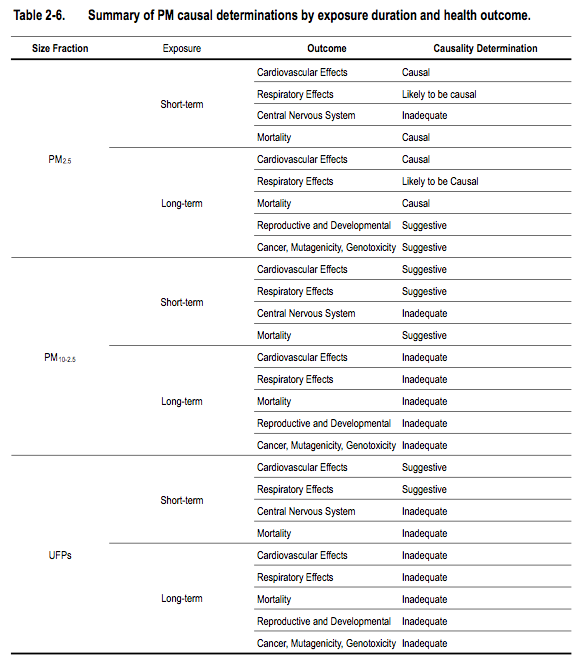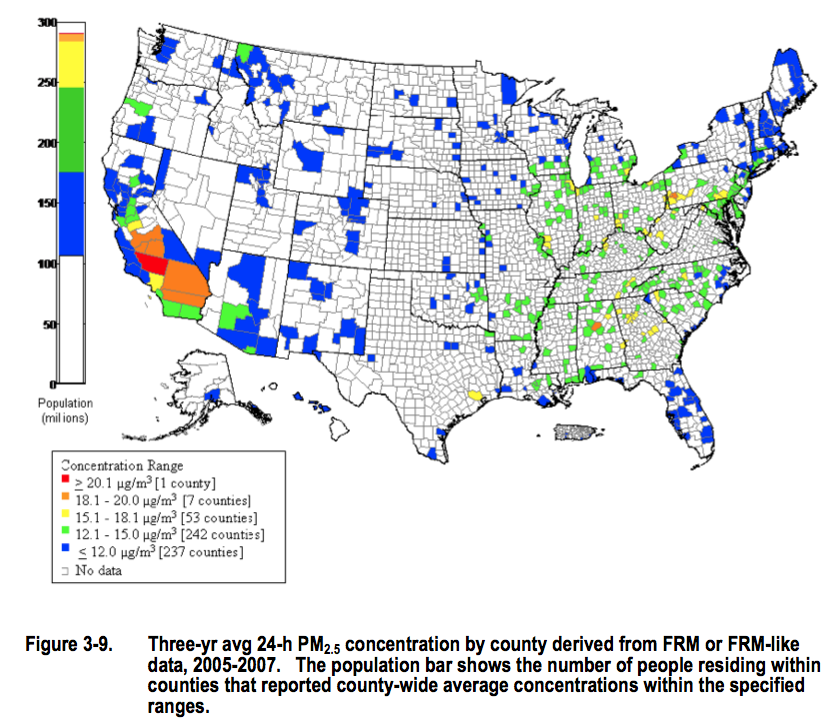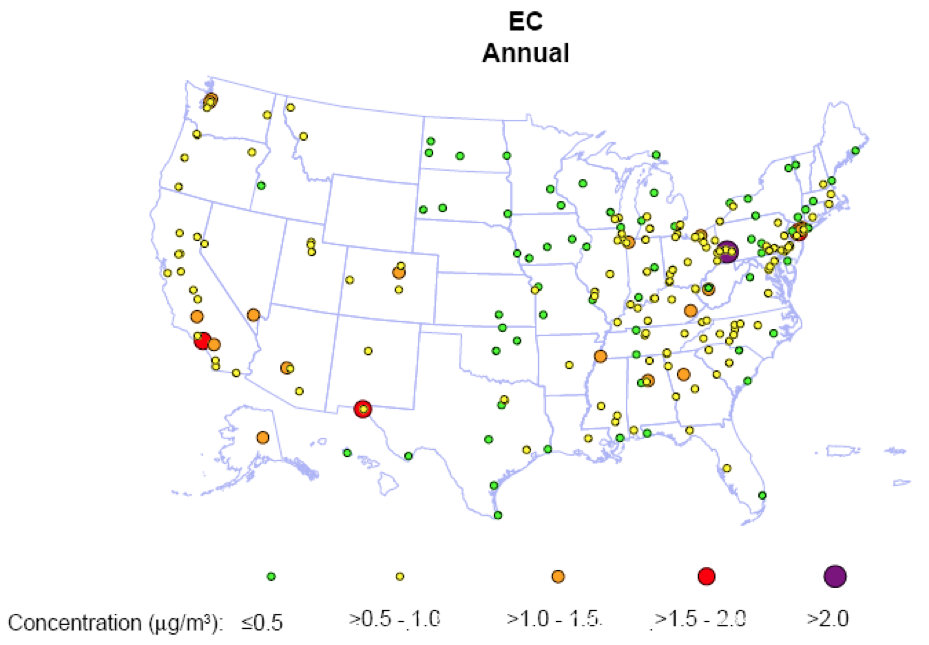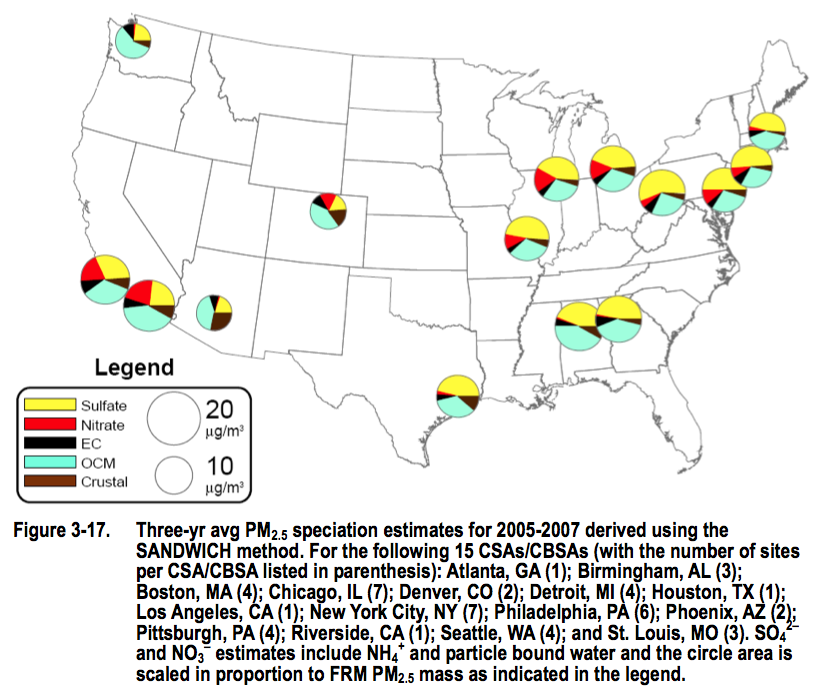By Brent Stephens on February 15, 2015
My colleague Michael Waring, who directs the Indoor Environment Research Group at Drexel University, recently shared a thought with me. He was thinking about compiling a list of about 20 papers that every graduate student in his group should read and be very familiar with. It’s a great idea, so here I am doing the same.
Below is a list of 20 papers I think every Built Environment Research Group student (BERGer) should read. Narrowing to only 20 papers is tough. In fact, this may forever be considered a rough draft of a list, and it will most certainly change or expand over time. But I have chosen these articles to span a wide range of topics related to energy and air quality in the built environment, including the physics or chemistry of indoor air pollutants, human exposure to indoor pollutants and health effects, and energy efficiency in buildings. There may be other even better articles on each topic, but these were chosen for their combination of impact on research and thought in their areas of inquiry, the usefulness of their methods, their clarity in presentation, and for the references included within them as well as their links to other papers that have referenced them upon publication.
Continue Reading →
By Brent Stephens on May 1, 2014

We recently partnered with investigative reporter, Dave Savini, from CBS 2 Chicago to make air quality measurements in and around Metra trains and train stations in downtown Chicago. The Chicago Tribune had previously reported high concentrations of soot (black carbon particles) onboard trains over 3 years ago, which were thought to be caused by re-entrainment of diesel engine exhaust. We know that diesel exhaust emits a number of pollutants that are problematic for respiratory and cardiovascular health, including ultrafine particles, black carbon particles, metals, and VOCs and SVOCs. This report prompted Metra to take action, primarily by installing particle filters on the cabin ventilation systems (MERV 13 instead of MERV 8) and by installing (or planning to install) devices that shut-off the diesel engines as they enter stations. The filters were shown in 2011 to measurably reduce black carbon particle concentrations in the rail cars, which was good to see. I’ve also found links to documents showing that Metra was upgrading ventilation systems to include vent hoods on intakes and exhausts, manual closing of outdoor air dampers, and exhaust deflectors on the locomotives themselves. I’m not sure of the status of these repairs or the extent to which MERV 13 filters have been installed across the fleet.
UPDATE: Watch a video of the CBS 2 story
Continue Reading →
By Brent Stephens on April 23, 2014
In case you aren’t familiar with this report, I’m simply linking to the 2009 EPA Integrated Science Assessment for Particulate Matter (direct pdf download) here because I find it to be an extremely exhaustive look at the nature of airborne particulate matter, aerosol science, sample collection methods, geographic differences across the U.S., inhalation and respiratory deposition, and acute and chronic health effects. I’ve taught from it directly and I’ve used it to inform research and my own opinions on PM exposures. It weights in at a whopping 2,228 pages! Here are a few screenshots of what I find to be some of the most helpful parts:




By Brent Stephens on November 22, 2013
I haven’t posted one of these literature round-ups since June. The last one was right before I post in which I said “I’m going to start blogging more!” That turned out to be completely false, but now that our semester is wrapping up, I thought I’d try to jump back in! So here are a few recent papers related to building science, energy, environment, and health that have sparked my interest:
- Improving airflow measurement accuracy in VAV terminal units using flow conditioners – A good friend and colleague of mine Michael Waring at Drexel recently published an article with coauthors on using a simple flow conditioner to make airflow measurements in HVAC systems more accurate, reducing errors from 10-45% (depending on nearby elbows and kinks) to about 5%.
- Human exposure to airborne particulate matter leads to oxidative DNA damage
- Both soil and paint contributes to lead levels in Australian homes
- Particle size distributions form e-cigarettes – Always controversial, this team measured particle concentrations and particle size distributions in mainstream smoke from electronic cigarettes under a range of liquid flavors, liquid nicotine contents, and “puffing times.” Particle size distributions peaked around 120-165 nm, similar to conventional cigarettes. Resulting particle concentrations were actually higher than a conventional cigarette. Flavor didn’t matter.
- Meta-analysis of high penetration renewable scenarios – A meta-analysis of several studies evaluating the possibility, operability, and implications of high levels of renewable sources of electricity in grid scale power systems shows that in most regions, renewable sources can provide the majority of a country’s or region’s electricity demand, at least on an hourly scale.
- Systemic and vascular effects of circulating diesel exhaust particulate matter – Diesel exhaust particles (DEPs) were shown to increase inflammatory responses when they enter the bloodstream. Also, DEPs were shown to be quickly sequestered in the spleen and liver in mice.
- Fine particulate matter from urban areas was shown to generate a higher reactive oxygen species (ROS) response than rural and/or coarse PM – responses were independent on PM chemical composition.
- Fine and ultra fine particle decay rates in homes – Using time-resolved data over the course of 1 week in 74 homes in Edmonton, CA, Wallace et al. used concentration peaks and subsequent decay periods of both PM2.5 and submicron particles (representative mostly of ultra fine particles), to estimate decay rates. Median and interquartile decay rates were 1.08 per hour (IQR: 0.62-1.75 per hour) for PM2.5 and 1.26 per hour (IQR: 0.82-1.83 per hour) for submicron particles. Air exchange contributed about 25% of these values, on average. Window opening, home age, use of central furnace fans and kitchen/bathroom exhaust fans, use of air-conditioners, use of air cleaners, and indoor-outdoor temperature differences all influence these values.
- Diversity and distribution of fungi on residential surfaces – Rachel Adams and coauthors sampled fungi from 3 surfaces in homes: drains in kitchens and bathrooms, sills beneath condensation prone windows, and the skin of human occupants. Weedy genera and a large set of fungi likely of outdoor origin were found on the window sills; human foreheads contained a surprising amount of plant pathogens. Indoor fungal richness was generally high, but the authors conclude that most fungi were unlikely to be growing on the surfaces but are more likely to have been deposited/settled from other sources.
- Asthma and the diversity of fungal spores in air – many studies in the past have found correlations between asthma symptoms and exposure to fungi indoors; this short article highlights some of that past work and suggests that by doing more species identification we will be able to learn more about which fungi species contribute to asthma and inflammation
- Low fungal diversity in house dust is associated with childhood asthma development – Somewhat contrary to the previous paper, a new study of low-income children whereby house dust was collected at age 1 and asthma status determined 6 years later. Although the study had a small sample size of 13 cases and 28 controls, decreasing fungal diversity within the genus Cryptococcus was significantly associated with increased asthma risk. No fungal taxon (species, genus, class) was positively associated with asthma development. Hmm…
- PVC flooring at home and development of asthma in young children – Last article on asthma this time… in a 10-year follow up study of children in Sweden revealed that children who had PVC floorings in their bedroom at baseline (when hey were 1 to 5 years old) were more likely to develop asthma during the following 10 year period than compared to children without PVC flooring. Exposure to PVC flooring – and the phthalate plasticizers emitted – during pregnancy may be critical to development of asthma in children later on.





